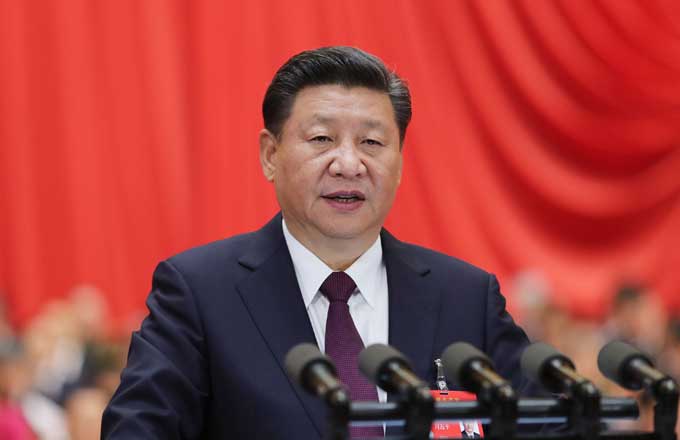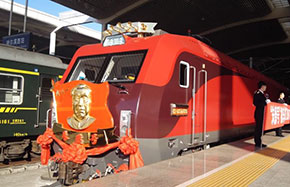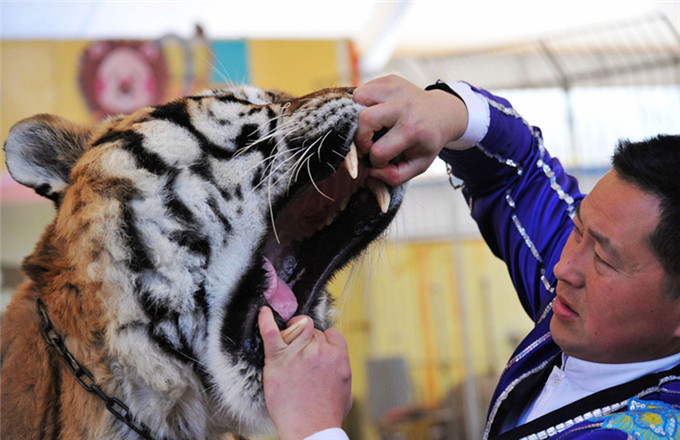Summer holidays far from fun for migrant children
Crowded communities
Since 2009, Dongshagezhuang, near the Sixth Ring Road in Beijing's Changping district, has grown into a community populated largely by migrant workers.
According to Qi, about 1,000 native villagers and an estimated 50,000 migrant population live there.
Most male migrant workers do jobs related to construction and domestic renovation, or else work in sales or drive unlicensed taxis. Most women workers, meanwhile, make a living as restaurant waitresses or housekeepers.
"There are no statistics on the migrant population, but I estimate there are more than 2,000 migrant workers' children, and the number is bigger during summer, as many left-behind children come to visit," Qi said.
The community has a library but it is always closed. China Daily found a phone number for the library online, but the employee who answered said she knew nothing about the library and then hung up.
Cheng Huoqing at the Cultural Service Center in Beiqijia township, which oversees cultural affairs in Dongshagezhuang, said community activity centers are often used as meeting rooms for village committees or rehearsal rooms for the senior citizens' dance society.
He explained that the difficulty with constructing cultural and sports facilities comes from the fact that feasibility studies are based on the number of permanent residents, not the migrant population.
"In suburban areas such as Dongshagezhuang, the influx of migrants has put great pressure on public facilities and resources," Cheng said. "It's so crowded in the villages and there is so little public space that even if we plan to organize some cultural events, we dare not advertise too much because we are afraid of accidents.
"During hot summer days, water and electricity supplies are serious problems, so facilities for children seem less urgent for the government."





















